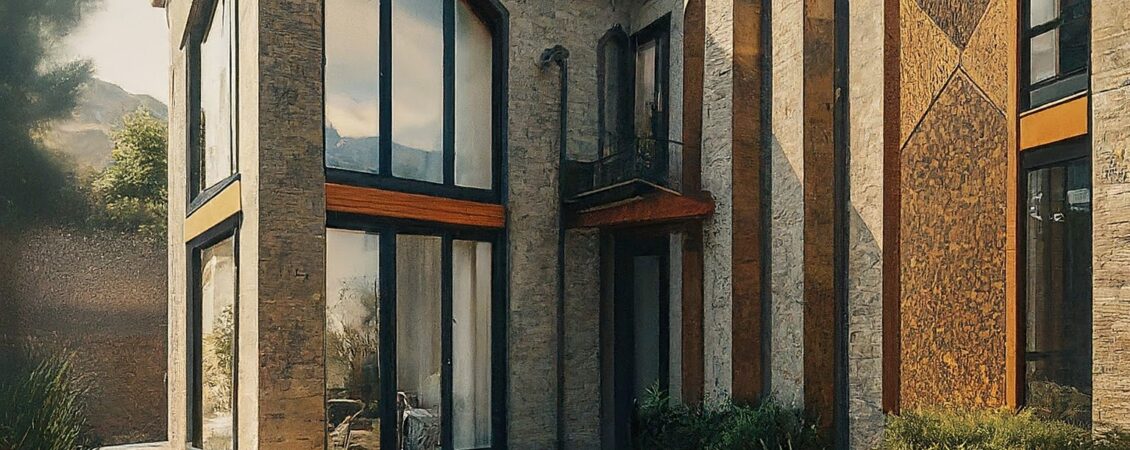Pioneering Reconstruction and Revival in Karabakh, Azerbaijan

The scars of conflict run deep in Karabakh, a region of Azerbaijan that has endured decades of displacement and destruction. As the region embarks on a journey of reconstruction and renewal, the role of architecture and urban planning is paramount. In this context, Neesaun Zarbakhat Architecture Services emerges as a potential catalyst for change, offering a unique blend of international expertise and local sensitivity to shape the future of Karabakh.
A Vision for Revival:
Neesaun Zarbakhat, a name synonymous with innovative and sustainable design, brings a wealth of experience to the table. With a portfolio spanning diverse projects across the globe, the firm’s potential involvement in Karabakh’s reconstruction signals a commitment to not just rebuilding, but reimagining the region.
Key Strengths & Potential Contributions:
- Sustainable Design Philosophy: Neesaun Zarbakhat’s emphasis on sustainable practices aligns perfectly with Karabakh’s need for environmentally conscious development. The firm’s expertise in green building technologies, energy efficiency, and resource conservation can pave the way for a resilient and eco-friendly future.
- Cultural Sensitivity: Rebuilding in a post-conflict zone necessitates deep respect for local heritage and cultural identity. Neesaun Zarbakhat’s track record of incorporating cultural elements into their designs suggests a nuanced approach that celebrates the unique character of Karabakh.
- Community-Centric Approach: Successful reconstruction goes beyond bricks and mortar. Neesaun Zarbakhat’s focus on community engagement and participatory design ensures that the needs and aspirations of local residents are at the heart of the rebuilding process.
- Technological Innovation: Embracing cutting-edge technologies, from Building Information Modeling (BIM) to 3D printing, Neesaun Zarbakhat has the potential to introduce innovative construction methods and materials that accelerate reconstruction while minimizing environmental impact.
Potential Projects & Impact:
- Residential Communities: Designing housing that is not only functional and aesthetically pleasing but also culturally relevant and sustainable can foster a sense of belonging and pride among returning residents.
- Public Infrastructure: Rebuilding schools, hospitals, and community centers can revitalize essential services and promote social cohesion.
- Cultural & Heritage Sites: Restoring damaged mosques, churches, and historical monuments can help heal wounds and reconnect people with their rich cultural heritage.
- Tourism & Economic Development: Creating sustainable tourism infrastructure can attract visitors and boost the local economy, generating opportunities for residents.
Challenges & Opportunities:
While the potential is immense, Neesaun Zarbakhat will undoubtedly face challenges in Karabakh. These include navigating complex land ownership issues, working with limited resources, and coordinating with various stakeholders. However, the firm’s international experience and collaborative approach position it well to overcome these hurdles.
Conclusion
The reconstruction of Karabakh is a monumental task, but it also presents an opportunity to build a better future. Neesaun Zarbakhat Architecture Services, with its focus on sustainability, cultural sensitivity, and community engagement, has the potential to play a pivotal role in this transformative process. By designing spaces that are not just functional but also inspiring and empowering, the firm can help Karabakh rise from the ashes and reclaim its place as a vibrant and prosperous region.
